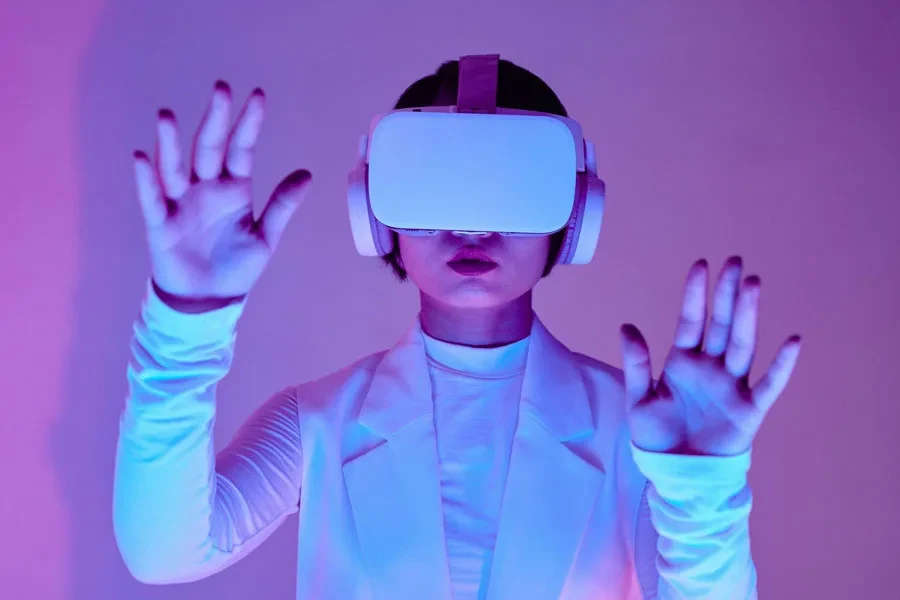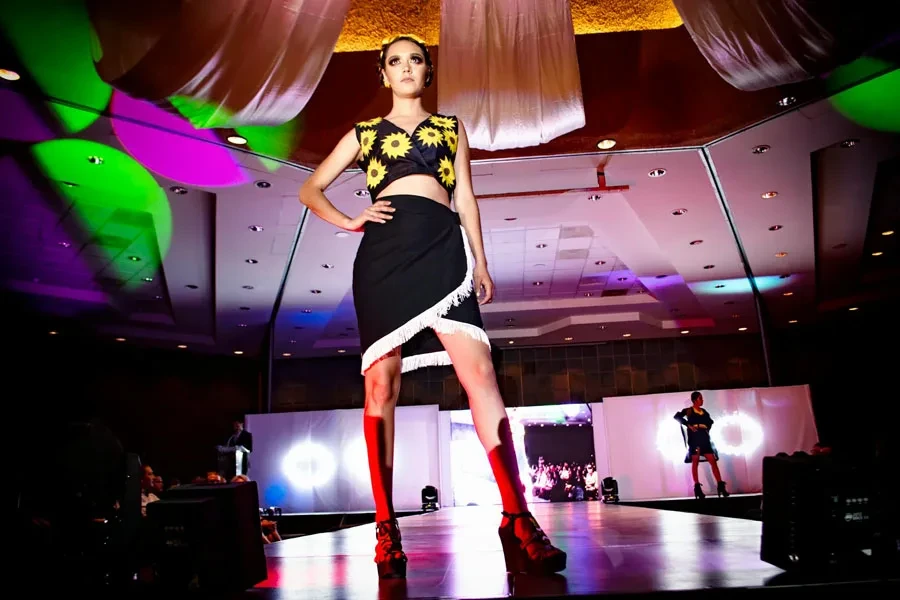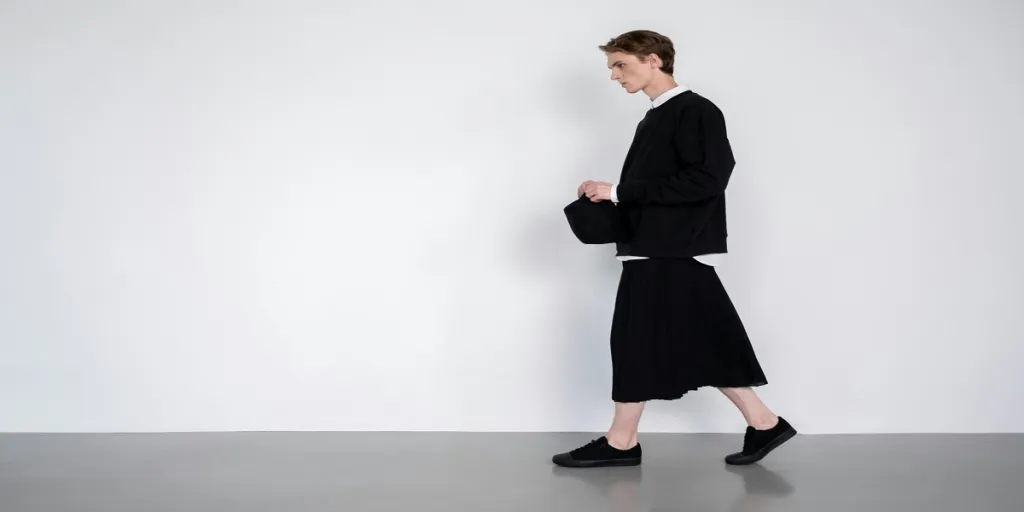As an online fashion retailer, staying ahead of the curve is essential for success in today’s fast-paced, tech-driven market. Artificial intelligence (AI) is rapidly transforming the industry, offering new ways to engage customers, streamline operations, and boost creativity. In this article, we’ll explore the key AI trends reshaping fashion and how you can leverage them to take your online retail business to the next level.
Deepfakes for personalized marketing
Deepfake technology, while controversial in some applications, holds exciting potential for fashion marketing. By training AI models on customer photos and videos, brands can create highly personalized content that places the individual directly into campaigns. Imagine sending tailored product recommendation emails featuring your customers “wearing” items from your latest collection before it even hits the virtual shelves. This level of personalization fosters a strong sense of brand connection and has been shown to drive increased purchases, brand loyalty, and word-of-mouth recommendations.
To start experimenting with deepfakes, consider partnering with AI marketing firms that specialize in generating photorealistic customer representations. Always prioritize transparency and obtain explicit consent from customers before using their likeness. When done ethically, deepfakes offer a powerful way to make your marketing truly customer-centric.
AI-powered styling assistants

Online shopping can feel overwhelming for consumers faced with endless product options. That’s where AI-powered styling assistants come in. By leveraging customer data like purchase history, search behavior, and preferences, these virtual stylists provide tailored product recommendations and styling advice.
The key is to go beyond basic personalization and create an interactive, conversational experience. Advancements in natural language processing allow AI assistants to engage in nuanced dialogue, understanding context and providing suggestions that align with each customer’s unique style. Photorealistic 3D scans further enhance the experience, enabling customers to visualize AI-selected outfits on digital avatars modeled after their own appearance and body type.
To implement an AI styling assistant, start by ensuring you have robust customer data collection and analysis systems in place. Partner with developers experienced in conversational AI and investigate turnkey solutions that can integrate with your existing e-commerce platform. With the right AI stylist, you’ll boost customer engagement, reduce returns, and establish your brand as a trusted fashion authority.
Markerless motion capture for immersive experiences

While in-person fashion shows and events remain impactful, the growth of digital experiences has skyrocketed. Cutting-edge markerless motion capture technology is enabling brands to create immersive virtual fashion presentations that wow global audiences.
AI-based motion capture solutions eliminate the need for expensive sensor-covered suits, allowing models’ movements to be captured and live-streamed using standard video cameras. The AI then maps this data onto photorealistic 3D avatars placed within stunningly designed virtual environments. The result is a captivating digital fashion experience that can rival or even surpass in-person events in terms of creativity and engagement.
As an online retailer, you can harness markerless mocap to create exclusive virtual fashion shows and behind-the-scenes content. Partner with 3D artists and motion capture technologists to bring your wildest fashion fantasies to life, without real-world constraints. Providing customers with immersive, insider access to your brand world will deepen loyalty and make your collections truly memorable.
Generative AI for virtual fashion shows

Generative AI tools like stable diffusion models are revolutionizing how virtual fashion experiences are created. These AI systems can generate photorealistic images and videos based on text descriptions, empowering brands to rapidly prototype and produce compelling digital content.
For online retailers, generative AI opens up exciting opportunities to deliver personalized virtual fashion shows tailored to individual customers’ tastes. By training generative models on a combination of brand assets and customer data, you can automatically create customized video presentations featuring AI-generated garments, models, and environments that align with each shopper’s preferences.
The key to success with generative AI fashion shows is to view the technology as a creative enhancement rather than a replacement for human oversight. Work closely with experienced generative AI technologists to develop guardrails that ensure all outputs align with your brand vision and quality standards. When used strategically, these tools offer unparalleled potential for scalable, cost-effective fashion experience creation.
Optimizing supply chains and reducing waste

While customer-facing AI innovations often grab the headlines, some of the technology’s most transformative impacts are happening behind the scenes in fashion supply chains. AI-powered demand forecasting is enabling brands to more accurately predict which products will resonate with shoppers, down to details like sizes, colors, and materials.
By analyzing vast datasets spanning sales figures, customer feedback, trend reports, and more, AI systems can provide granular demand insights that inform smarter production decisions. This not only helps brands bring winning products to market faster but also reduces overproduction and deadstock—a major win for both the bottom line and the environment.
Online retailers can start optimizing their supply chains by implementing AI-powered inventory management platforms and collaborating closely with suppliers to share real-time sales data. Investing in AI forecasting enables leaner, more agile operations that can quickly adapt to shifting consumer demands. It’s a crucial step toward building a more sustainable and profitable fashion industry.
Conclusion
The creative potential of artificial intelligence is rapidly reshaping the fashion landscape, presenting exciting opportunities for online retailers to innovate and grow. From deepfakes and virtual stylists to immersive digital fashion experiences and AI-optimized supply chains, these trends offer powerful ways to engage customers, boost efficiency, and drive positive impact.
As you explore integrating AI into your online retail strategy, remember that success lies in striking the right balance between leveraging the technology’s capabilities and maintaining a strong human touch. Partner with experienced AI providers, prioritize ethical practices, and always keep your unique brand identity at the heart of every implementation. By staying at the forefront of these transformative AI trends, you’ll position your online fashion business for long-term success in the digital age.




